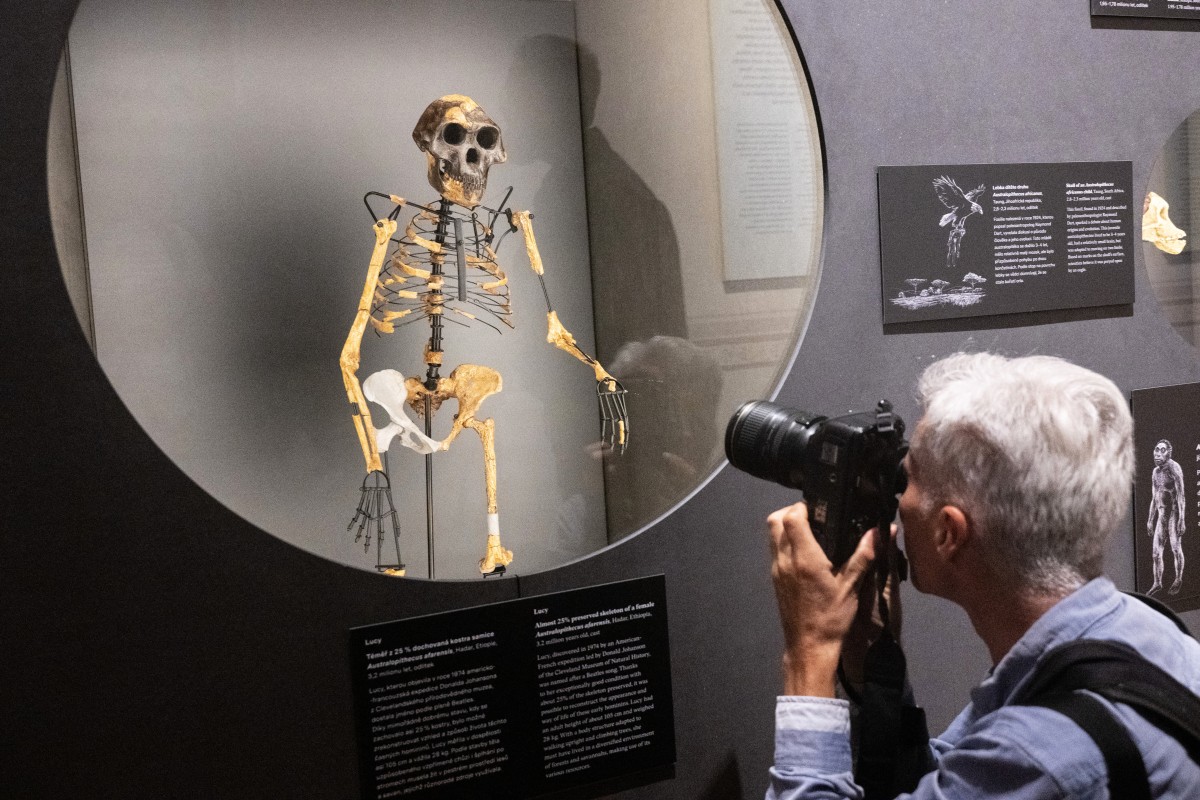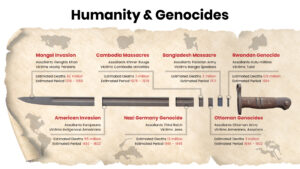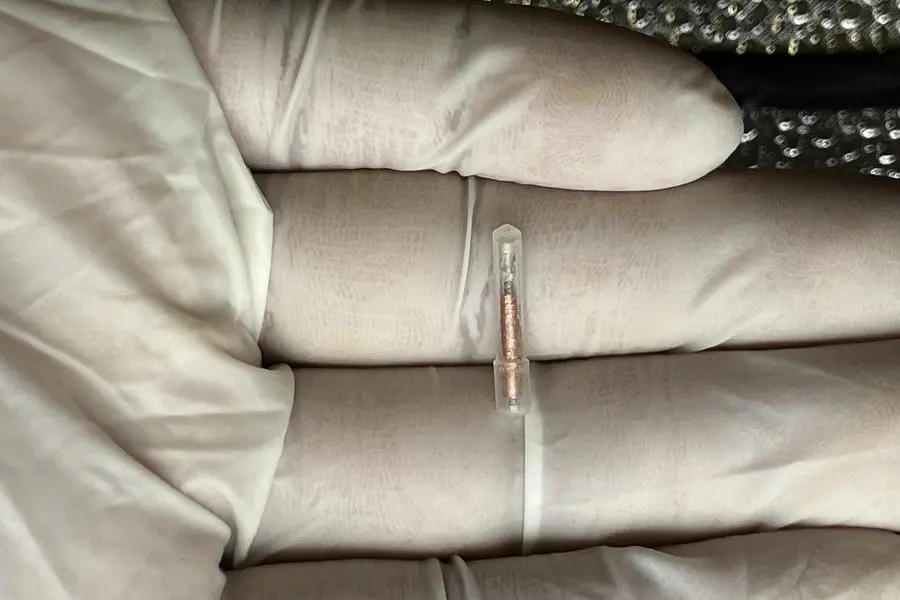Prague, Czech Republic —The 3.18-million-year-old bone fragments of human ancestor Lucy, which rarely leave Ethiopia, went on display in Prague on Monday, with the Czech prime minister hailing the fossils’ “first ever” showing in Europe.
The ancient remains of the Australopithecus afarensis were discovered in Ethiopia in 1974. The find was, at the time, the most complete ever made and revolutionized the understanding of humanity’s ancestors.
At the Czech National Museum, Lucy’s remains are presented alongside Selam, the fossil of a baby Australopithecus who lived about 100,000 years earlier than Lucy and was found in the same place 25 years later.
The fossils lent by Ethiopia’s National Museum in Addis Ababa landed in Prague on August 15, under stringent security measures.
“Both skeletons rank among the most precious exhibits of the global heritage… they are exhibited in a European country for the first time ever,” Czech Prime Minister Petr Fiala said at the ceremonial opening with a military brass band.
Lucy and Selam
Ethiopian Tourism Minister Selamawit Kassa said the exhibition was unique in that Lucy and Selam were displayed together for the first time, “outside of Ethiopia of course”.
“Ethiopia stands unparalleled for its continuous fossil record of human ancestors spanning six million years, with 14 specimens of human ancestors from Australopithecus to Homo sapiens discovered in Ethiopia,” she added.
The 52 fragments will be shown for 60 days as part of the “People and their Ancestors” exhibition. It will open to the public later on Monday.
Donald Johanson, who discovered Lucy with his team, and Zeresenay Alemseged, who discovered Selam, also attended the opening in Prague.
Johanson hailed Africa as the place where “we first separated from the African apes, it’s where we first stood up, it’s where our brains first grew large, where we first began to make art and specialized stone tools, and where we, as we call ourselves, Homo sapiens, evolved”.
“We all share a common ancestry, we are united by our past. And I think this is a tremendously important reminder for humanity today,” he added.
Inspired by The Beatles –
In her current shape, Lucy consists of fossilized dental remains, skull fragments, parts of the pelvis and femur.
The fossilized skeleton of the 1.1-metre-tall (three-foot seven-inch), 29-kilogramme (64-pound) Lucy last left Ethiopia between 2007 and 2013, when it toured US museums.
The hominid was named after The Beatles’s song “Lucy in the Sky with Diamonds”, which the team that found her listened to after the discovery.
Lucy walked on two legs and is thought to have died aged between 11 and 13 — considered an adult for this species.
Long considered the oldest human ancestor ever found, Lucy was dethroned of that status in 1994 following the discovery — also in Ethiopia — of Ardi, a female Ardipithecus ramidus who lived 4.5 million years ago.
In 2001, Toumai — a skull dated to six or seven million years old — was found in Chad, suggesting the human family may go much further back than previously thought .
In a 2016 study, researchers said Lucy had strong upper arms, suggesting she regularly climbed trees and nested in branches at night.
She also had relatively weak legs that were not used for climbing and were inefficient for walking, the study concluded.
An analysis of a fracture on one of Lucy’s bones suggested that she probably died from a fall from a tall tree.








